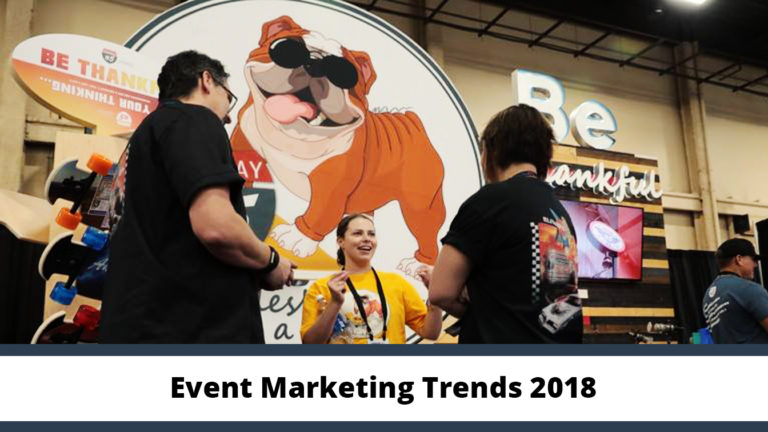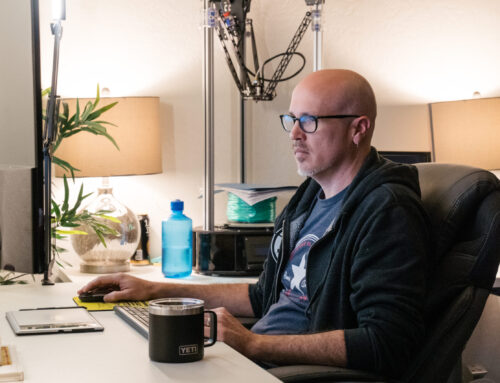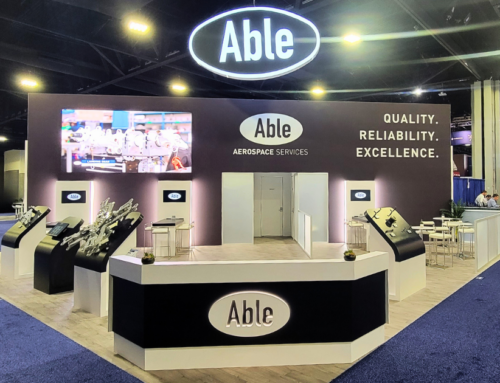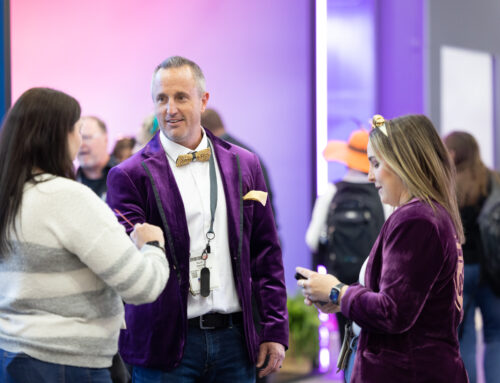It’s 2018 and a lot has changed in the world. Especially in the past 20 years. Marketing and strategy are different, consumers are different, and the market has shifted drastically. Nowadays, consumers are grasping for brands that are personal to them. Brands that offer commitment, sustainability, and personalized experiences stand out the most.
It is because of these sweeping changes, that event marketers and planners need to take into account how the world around us is changing and utilize those changes to the best of their ability, including social media, new technology, and all that comes with it.
Experiential Marketing
Experiential marketing is one of the most popular marketing strategies in today’s high-paced, social media-driven market. This is because the crux of experiential marketing or “engagement marketing,” encourages consumers to actively partake in the production and co-creation of an enduring relationship between consumers and the brands they support.
According to recent studies, nearly 95 percent of event creators who focused on engagement marketing in 2017, found it to be very effective at creating brand exposure, developing relationships with consumers, and expansion of those brands into markets that they may not have had access to previously. In addition, 79 percent of brand respondents plan to use more experiential marketing techniques in the upcoming year.
Experiential marketing, provides a wide audience through the use of online marketing tools, while also encouraging consumers to feel apart of the brand community. This inclusion within the community has become increasingly important, as consumers prefer to feel a personal connection with a brand and the products or services it may offer.
In a study conducted by Jack Morton Worldwide, 11 out of 14 consumers reported learning about new products through either personal experience, a recommendation from a friend or acquaintance, or social media “influencers.” Thus experiential marketing has become the new, “word of mouth,” marketing strategy for the 21st century.
Social Media and New Technology
Perhaps the catalyst for experiential marketing is none other than social media’s influence in everyday lives. Social media and new technology have changed the way people interact with each other drastically. From conference calls held across the globe to immediate live-streams of memorable and important milestones, even the way we do business has changed thanks in part to social media’s influence.
Because of social media’s and new technology’s influence on our lives, its important for event planners and marketers to understand how to utilize these tools to the best of their ability. Brands need to focus on the lifecycle of an audience and what it means for their business. Audiences today are used to gaining information in a variety of ways and across a multitude of platforms including, Facebook, YouTube, Instagram, etc.
And because audiences consume their media and information across these platforms in essentially real-time, each moment documented and recorded as the moment transpires, brands need to be aware of when and how to create these social media “moments,” that will help increase exposure.
A trend that has surfaced within the marketing industry has been “pop-up,” projects. Pop-up projects have increased in popularity, with their whimsical themes and seemingly camera-ready backdrops, pop-up museums and projects have replaced carefully curated professional photo-ops, with authentic, in-the-moment, photos meant to be shared with millions.
Trade and pop-up shows are also a wonderful tool for event marketing because they are easy to produce, don’t require elaborate backdrops and settings, and can be used and re-purposed remarkably well.
Another leading trend using social media and new technology is perhaps even more powerful than the pop-up museums that people are finding themselves attracted to. Industry experts believe live streaming is becoming a much more powerful marketing strategy than previously thought.
Live streaming technology has advanced tremendously over the past couple of years, and event marketers would do well to take advantage of this wonderful tool. Live streaming provides brand exposure to a much larger audience, especially for events that may have a limited location.
Natalie Zfat, an advisor to both Samsung and American Express, supports the use of live streaming as a marketing tool because of the potential reach the platform can provide. Zfat learned this first hand while producing a fashion show for designer Rebecca Minkoff. “We could only fit 50 people in the room, but we used Facebook Live to stream it, and ended up with 23 million impressions,” Zfat stated.
Social Media Influencers
It would be unwise to mention the importance of social media and new technology that is shaping the marketing industry without also including social media influencers. Industry experts advise not to be afraid to use social media influencers to help create brand exposure.
Greg Isaacs, the chief product and marketing officer of advertising for Branded Entertainment Network, states, “Social media is no longer a niche.” A recent study proves Isaac’s assertion, as it showed that millennials were more likely to trust a social media influencer more than their own friends.
Event marketers are encouraged to make use of social media influencers as they not only provide exposure to a brand, they help develop personal connections between brands and consumers.
However, industry experts advise, choose which social media influencers to work with wisely. Oren Katzeff head of programming at Tastemade, recommends that brands and influencers work closely together to create and produce specific content. Katzeff says event marketers should, “Think about what’s really important for the brand, then be smart and thoughtful about who you team up with.”
Additionally event marketers shouldn’t limit themselves to only a few influencers. Instead, marketers should find the right social media influencers and spread content between them. The ability to reach more people is more effective if a brand works with several social media influencers with a variety of followers vs. working with one influencer who has millions of followers.
In following this trend, event marketers should also look to work with influencers that are spread across multiple platforms. This helps build engagement with users who may only use social media on a limited basis.
This is also an opportunity to create unique branding opportunities on various platforms, so as to engage with consumers on different levels.
Building Engagement
At its basic level, event marketing is all about building engagement with consumers, and increasingly important aspect of creating sustainable brands. Of course, there are various ways to build engagement with consumers, but perhaps the most obvious is e-mail.
Social media has equipped us with instantaneous forms of communication, but it’s important to never forget, that e-mail is still a viable form of marketing and advertising. Especially when trying to develop personal relationships with potential consumers or future clients. According to Eventbrite, 78 percent of event marketers will use highly targeted emails in 2018.
It wouldn’t be a waste either, as recent polls show that 91 percent of people check their email every day. Additionally, more than half of all U.S. consumers have reported in polls that they prefer to receive marketing through email.
It’s important to develop and curate an email list for customers, what is equally important is developing personalized content for those on the list. Event marketers should attempt to accomplish this task by “segmenting,” their email list.
Segmenting an email list allows marketers to create personalized emails and content to specific groups within the email list encouraging engagement and reinforcing the personal connection between consumer and brand.
Marketing is shifting towards personalized experiences, ensuring that people feel like individuals but can also become a part of a community. It’s important for marketers to not only understand how to engage consumers, (whether it’s through social media or more traditional forms) but also how to develop personal connections with consumers that may last a lifetime.




